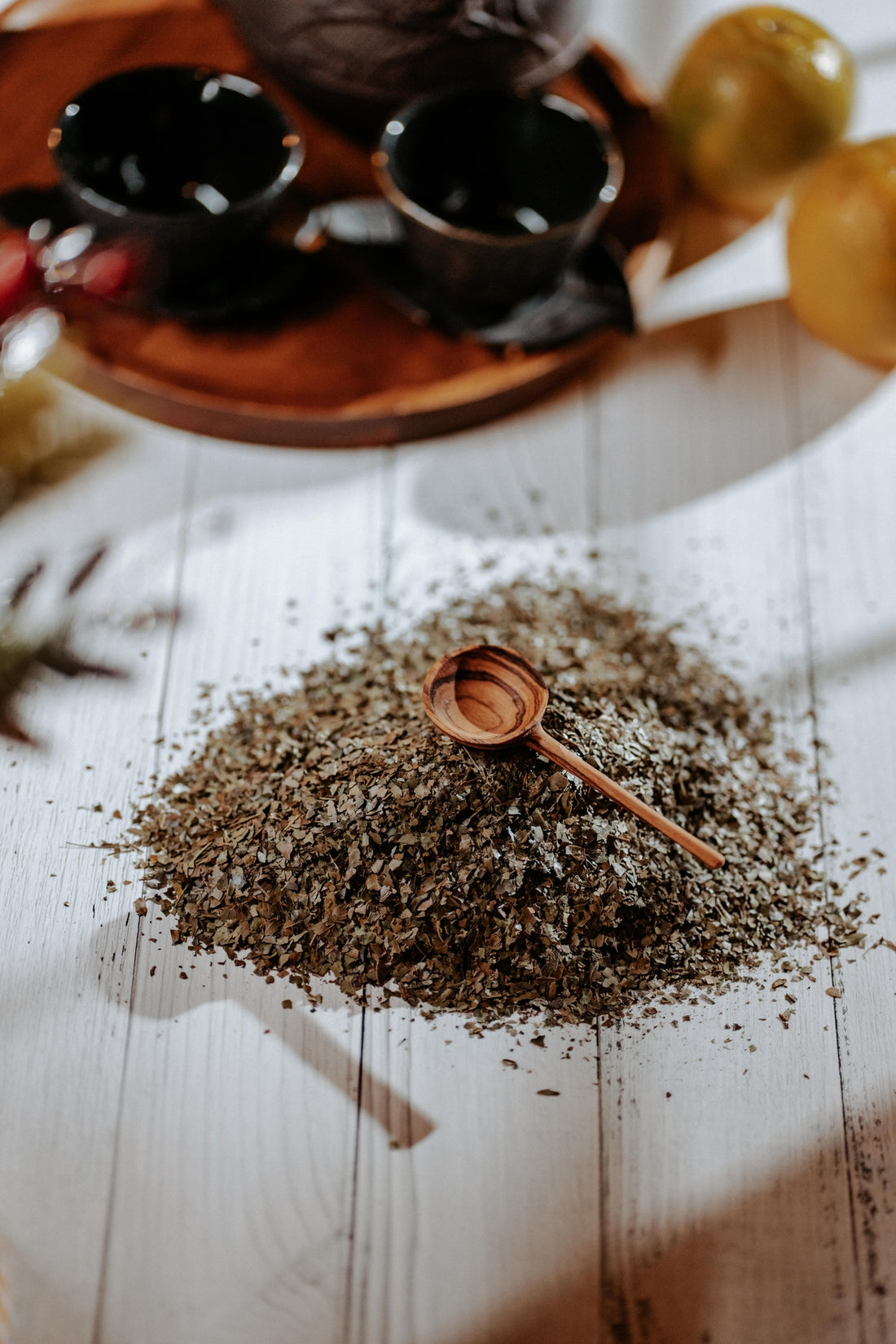
History of Yaupon
Share
A Deeply Rooted History
Yaupon (yō-pon) holly tea has been consumed for over 8,000 years amongst the Indigenous peoples of the southern United States, with a range that stretches from Florida to Texas. It is a common drink amongst Indigenous peoples, in particular the Creek, Timucua, Chitimacha, Choctaw, Chickasaw, Cherokee, Apalachee, and numerous others. Yaupon was often referred to as "the beloved tree", "white drink", and “cassina”. It stood as a symbol of both purity and harmony and was used in both a ceremonial and recreational context. European colonizers referred to it as "black drink" because of its dark colour. The tea rose in popularity as coffee became scarce during the civil war, and shortly thereafter faded back into obscurity as the coffee trade normalized.
Prior to drying, the leaves of Yaupon are green and ovular with red berries that protrude from the branches. It’s similar to the European holly you may find hanging during Christmas, except Yaupon lacks the jagged edges found on that particular species.
While it grows abundantly throughout the southern US, many think of it as ornamental rather than medicinal. While Yaupon has seen a resurgence in recent years, for decades it grew silently, overshadowed by green tea and others, with none the wiser to the delicious, healthy tea that can be made from its leaves. It truly is the forgotten tea of North America.
Yaupon is the only caffeinated plant native to North America. It has a light, refreshing taste, is loaded with vitamins and antioxidants, and provides an even release of energy throughout the day!
